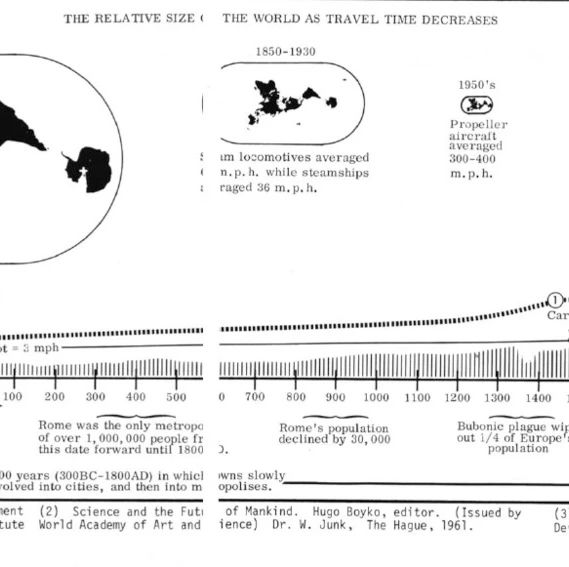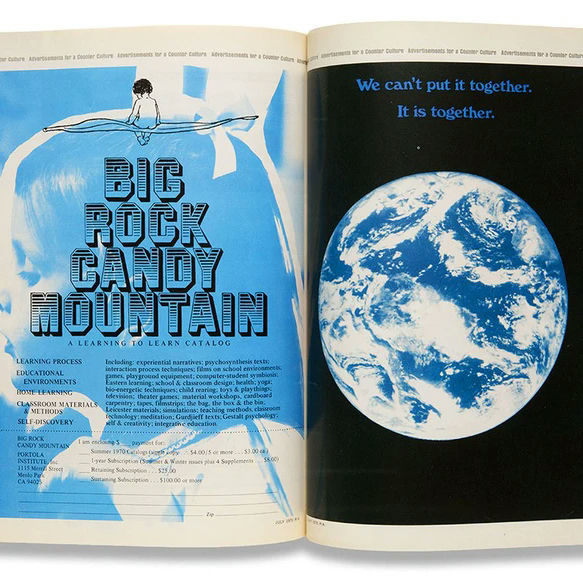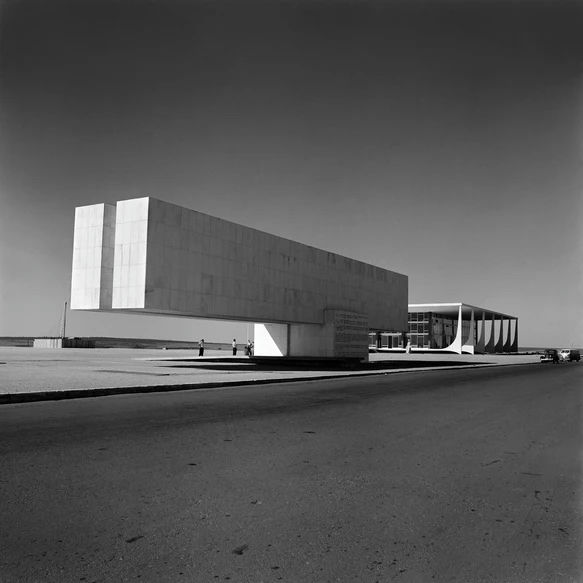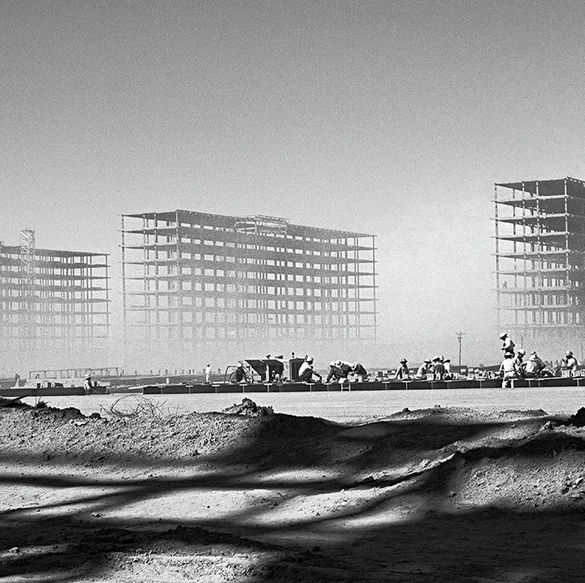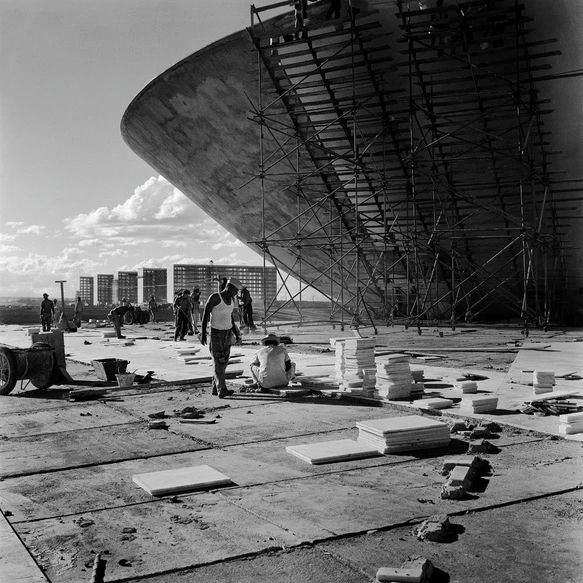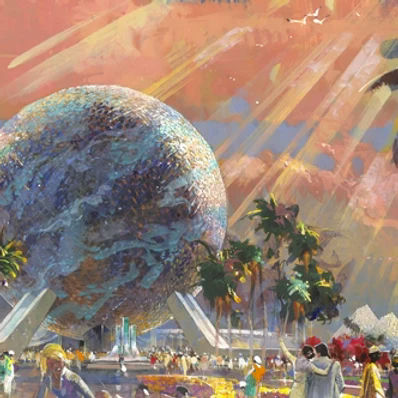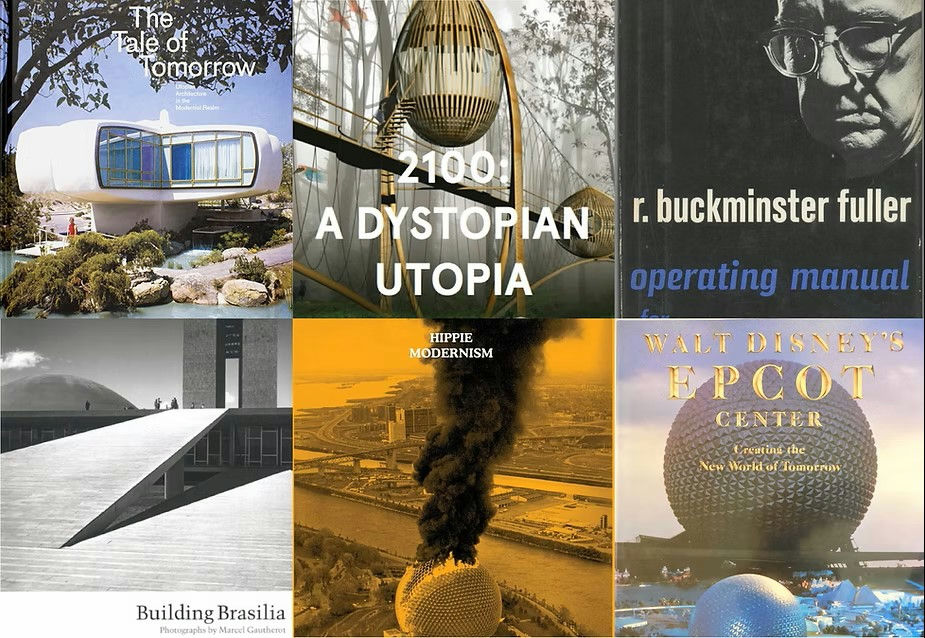
R. Buckminster Fuller, 1969

When I worked on Martin Scorsese’s "The Aviator", I had to make a lot of pencil sketches, before the Sets where built, where I could also try and visualize the set dressing pieces that Francesca Lo Schiavo, with her crew, was collecting meanwhile. Today, using a 3D model, it is easy to quickly visualize any side of a Set in development, but if you are spending the time to draw it by hand, I think you will be much more careful on the best angles to propose. it’s not about the beauty of the drawing, but more about being in control of the proportions and understanding a space.
R. Buckminster Fuller was a futuristic thinker and inventor who preached his comprehensive and radical worldview in books, essays and lectures through most of the 20th century.
In this popular book he investigates great challenges facing humanity, likening Earth to a spaceship flying through space with a finite amount of resources and cannot be resupplied. He traces man's intellectual evolution and questions the propensity for specialization, calls for a design revolution of innovation, and offers advice on how to guide “spaceship earth” toward a sustainable future.
Fuller's texts remain relevant and essential today, decades after their initial publication. His ideas have influenced generations of designers, urban planners, architects and activists.
Gestalten, 2016

This book reviews the rise of the utopian architectural movement in the 1960s and 1970s, charting a shift from mid-century aesthetics in favor of a more experimental post-war agenda. Marked by groundbreaking reinterpretations of both the single family house and large scale developments, the embrace of utopian thinking mirrored the cultural revolution of the times.
The book highlights well-known projects such as Eero Saarinen's TWA terminal and Oscar Niemeyer's Communist Party headquarters in Paris, as well as avant-garde and offbeat structures such as Paolo Soleri's Arcosanti.
The book's editor, Sofia Borges, calls it “a call to arms.” “Why doesn’t our future look anything like this anymore? What could we take from these lessons, and apply going forward?”
Walker Art Center, 2016

This book accompanied an exhibition of the same title examining the art, architecture and design of the counterculture of the 1960s and early 1970s. It includes radical texts and imagery such as the counter design proposals of Victor Papanek and the anti-design polemics of Global Tools; the radical architectural visions of Archigram, Superstudio, Haus Rucker Co and ONYX; the media-based installations of Ken Isaacs, Joan Hills and Helio Oiticica; the experimental films of Bruce Conner; posters and prints by Emory Douglas, Corita Kent and Victor Moscoso; documentation of performances staged by the Diggers and the Cockettes; publications such as Oz Magazine and The Whole Earth Catalog and books by Marshall McLuhan and Buckminster Fuller; and much, much more.
Marcel Gautherot, 2010
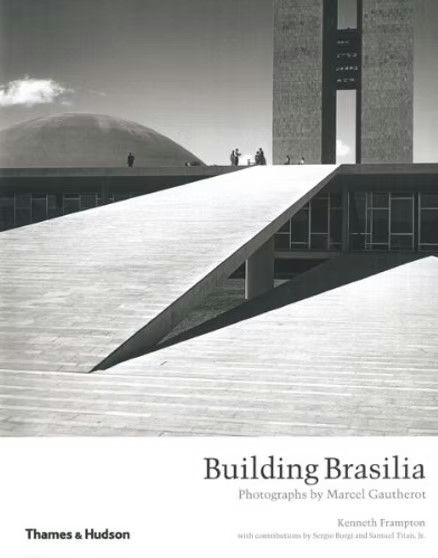
Published on the occasion of Brasilia’s fiftieth anniversary, this book is a celebration in contemporary photography of the building of Brazil’s capital city. Photographer Marcel Gautherot was Oscar Niemeyer’s photographer of choice, meaning he had privileged access to all stages of the building of Brasilia, Brazil’s new capital and a landmark of modernist architecture and urbanism in the 1950s. This book brings together for the first time a large corpus of Gautherot’s work on the city. Gautherot’s sharp, precise, almost clinical eye captures Brasilia as both promising and ominous, tremendous and fragile, heroic and problematic.
Richard R. Beard, 1982

This book tells the story behind the research, design and building of the Experimental Prototype Community of Tomorrow in Florida's Walt Disney World. The book discusses the original inspiration behind the project - Walt Disney's vision of a futuristic city - and how it evolved into the theme park that opened in the 1980s.
The book presents concept art, plans and models and the design development for each pavilion, including a tour of the grounds. It is a rare behind-the-scenes look at the process of theme-park design, it and captures a vision of the future specific to the era, which has since morphed greatly.
Vanessa Keith, 2017
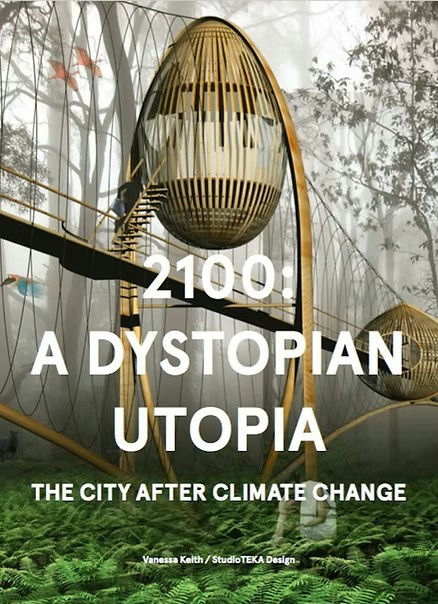
In this book Vanessa Keith, founder of Brooklyn-based StudioTEKA Design, imagines how humanity might adapt its settlement patterns to new environmental conditions in the face of catastrophic climate change.
The book describes current approaches to architecture and urban planning taken by cities worldwide as they adapt to future dangers. Keith and her studio hope the book inspires architects to take an active role and respond to climate change’s most dire scenarios with provocative design solutions.
